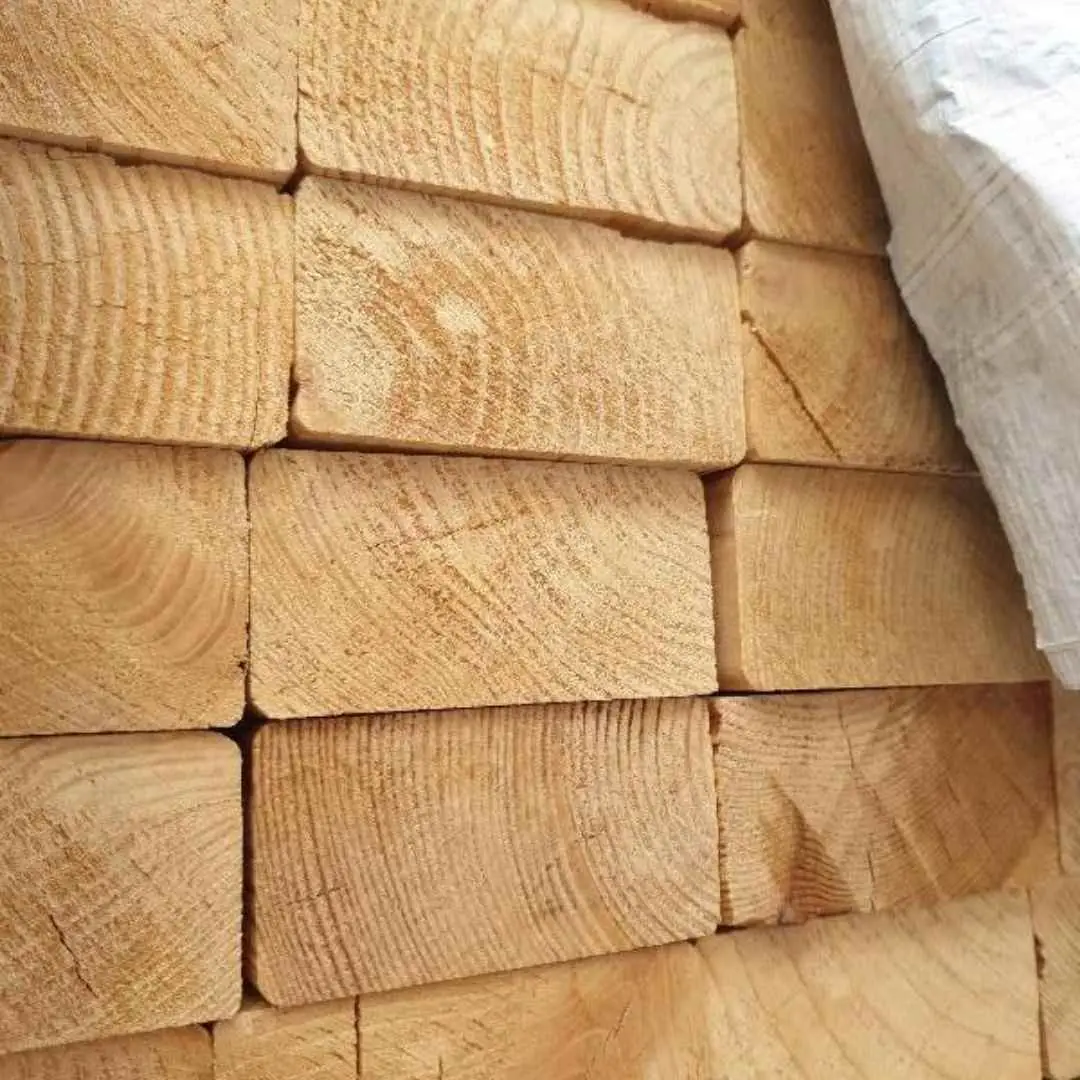Menu

A range of different chemical treatments has been developed to enhance the durability and service life of the timber. Such chemical treatments impregnate the timber cells, making them resistant to decay, insects, weather or fire. While chemical treatments add to the cost of timber, they can significantly increase its lifetime. When used in environments in which there are known biological hazards, it is cost-effective to specify treated timber and expect a longer service life or a lower-cost maintenance schedule. However, the treatment of timber is not a fail-safe solution that will prevent any biological degradation.
The preservative treatment of timber or timber products involves the introduction of stable chemicals into the cellular structure of timber that protects the timber from hazards such as wood-destroying organisms like fungi and insects. Preservative treatments may also include the introduction of chemicals that inhibit fire.
Level H1 – suitable for use in H1 Hazard environments – protected indoors – no termite risk
Level H2 – suitable for use in H2 Hazard environments – protected with termite risk (eg underfloor timbers)
Level H3 – suitable for use in H3 Hazard environments – external above ground (eg fascias, pergolas, verandas)
Level H4 – suitable for use in H4 Hazard environments – ground contact, generally dry (eg posts in normal conditions)
Level H5 – suitable for use in H5 Hazard environments – ground contact, aggressive (eg posts in high water table areas, bridge piles)
Level H6 – suitable for use in H6 Hazard environments – seawater contact (eg jetty timbers)
Bone Timber © 2025 All rights reserved
